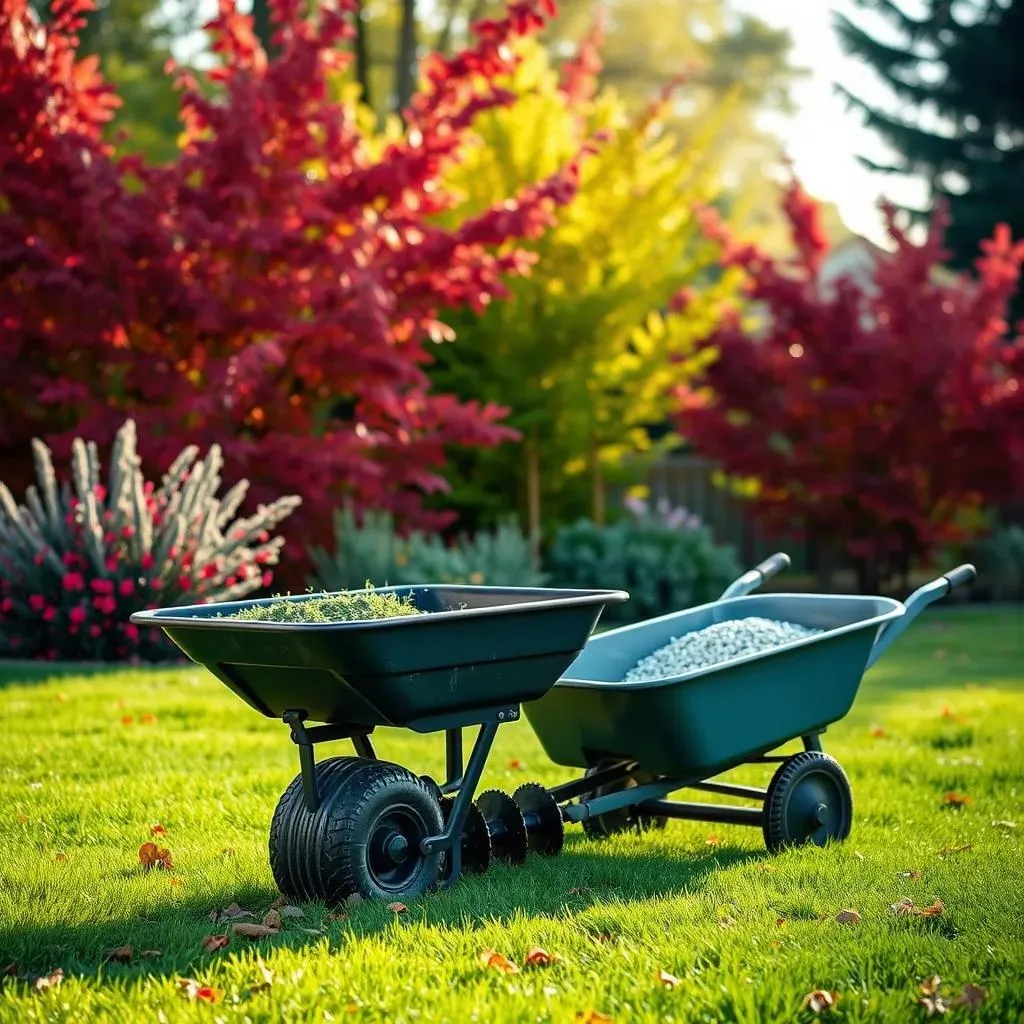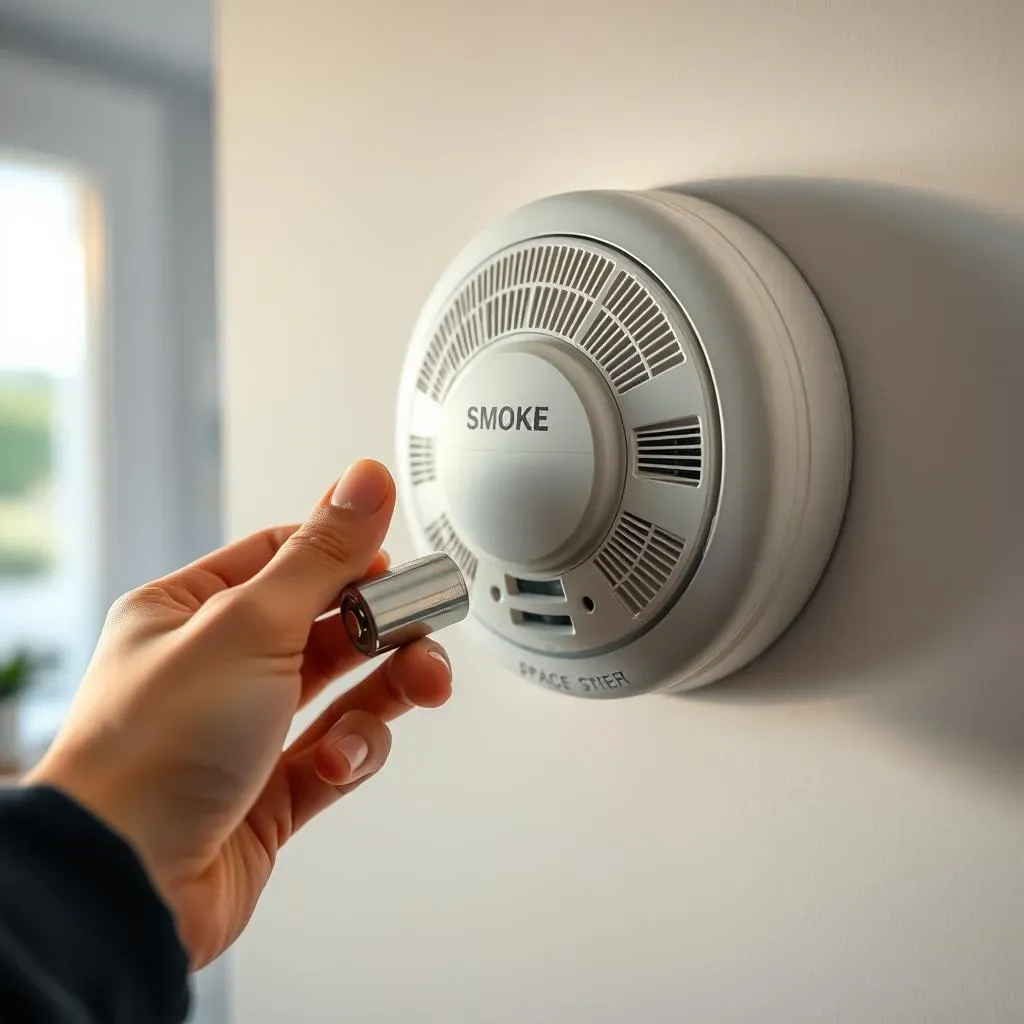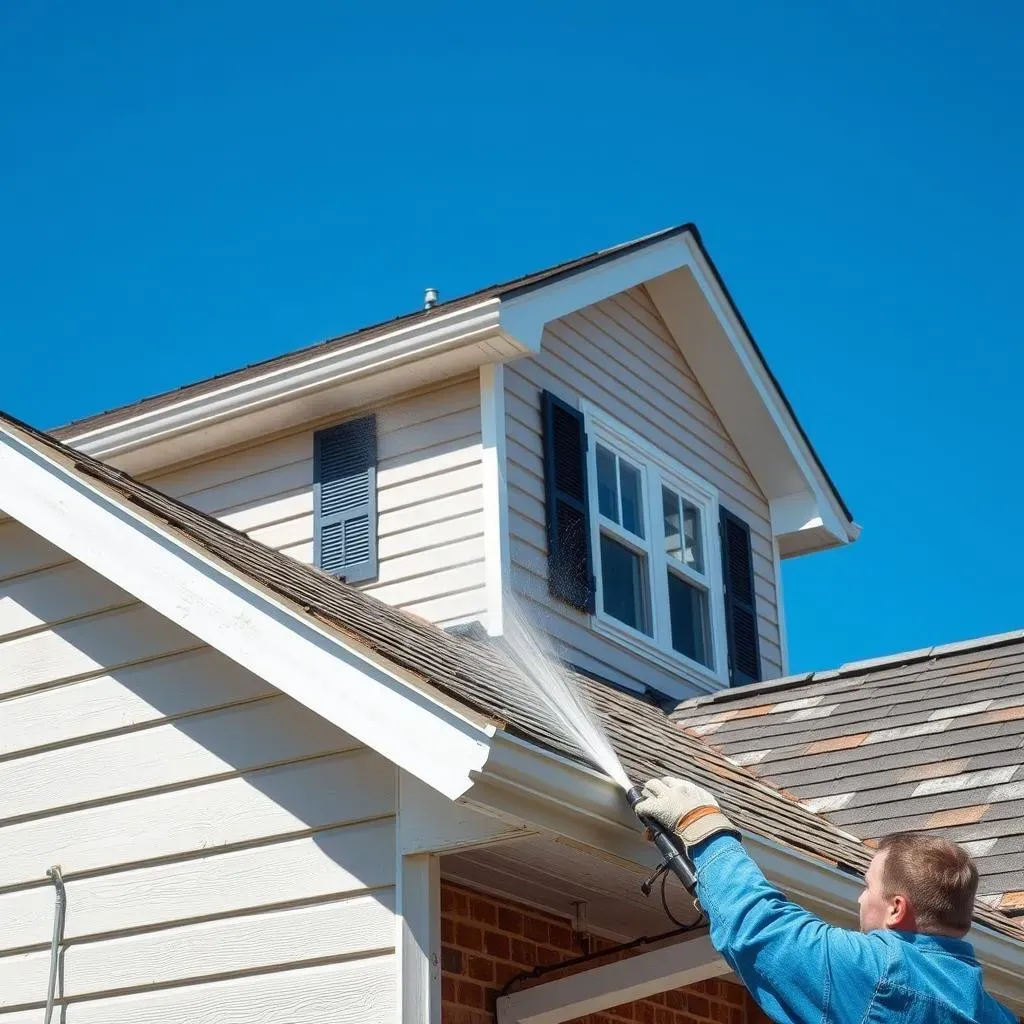Table of Contents
Summer's fading, and while you might be dreaming of pumpkin spice and cozy sweaters, your house is probably bracing for colder weather. Before you completely switch gears, it's crucial to tackle some key home maintenance tasks. Think of it as giving your house a health checkup before winter arrives. This isn't about tedious chores; it's about preventing bigger headaches down the road. We're talking about simple steps that can save you money and keep your home safe and comfortable. From your lawn to your roof, we'll walk you through essential end of summer home maintenance tips that’ll get your place ready for the next season. We will explore how to prepare your lawn and garden, ensuring your safety devices are in working order, checking your home's exterior, and ensuring your interior is ready for the colder months. Let's get started and make sure your home is in top shape for fall and beyond.
Lawn and Garden Care: End of Summer Prep
Lawn and Garden Care: End of Summer Prep
Okay, so the summer heat has probably done a number on your lawn and garden. It's not just about packing away the grill, you know? Think of your yard as a tired athlete needing some recovery time. First off, aerating your lawn is like giving it a breath of fresh air. It helps loosen compacted soil, so water and nutrients can actually reach the roots. Then, overseeding can fill in those patchy spots that the summer sun has probably created. And don't forget about fertilizing; it’s like giving your lawn a big, healthy meal before the winter nap. Pruning any dead branches is also key, it prevents any unexpected damage from the upcoming harsh weather, and it keeps your plants happy and healthy. It's all about setting the stage for a vibrant comeback next spring, not just letting things go wild.
Task | Why it's Important |
|---|---|
Aerating the lawn | Improves soil health and nutrient absorption. |
Overseeding | Fills in bare spots for a lush lawn. |
Fertilizing | Provides essential nutrients for growth. |
Pruning dead branches | Prevents damage and promotes plant health. |
Essential Safety Checks: Smoke and Carbon Monoxide Detectors
Essential Safety Checks: Smoke and Carbon Monoxide Detectors
Alright, let’s talk safety, because honestly, nothing else matters if your home isn't safe. I know it's easy to forget about those little devices beeping in the corner, but smoke and carbon monoxide detectors are your first line of defense. It's not just about having them; it's about making sure they actually work. So, grab your step stool and let's get to it. First thing, check the batteries. If you can't remember the last time you replaced them, just do it. It's a small price to pay for peace of mind. Then, test each detector by pressing the test button. If it doesn’t scream back at you, it’s time for a replacement. Also, dust them off. Yes, dust. It can actually interfere with their ability to detect danger. These aren't just gadgets; they are crucial for the safety of you and your family.
Here's a quick checklist for your safety devices:
- Replace Batteries: Do it annually or when the device signals low power.
- Test Regularly: Push the test button monthly to ensure proper function.
- Dust Them Off: Use a cloth to clean detectors and remove dust.
- Check Expiration Date: Smoke detectors expire, usually after 10 years.
Exterior Home Maintenance Tips for End of Summer
Exterior Home Maintenance Tips for End of Summer
Power Washing: Giving Your Home a Fresh Start
Okay, let’s talk about making your home look its best. Power washing isn't just some fancy chore, it's like giving your house a spa day. Seriously, after a summer of sun, rain, and who-knows-what else, your home's exterior is probably covered in grime and dirt. Think of all the pollen, dust, and maybe even some mold that's accumulated. Power washing blasts all that away, revealing the clean surface underneath. It's amazing how much brighter and refreshed your house can look after a good wash. And it's not just about looks; removing these build-ups can prevent damage to the siding, deck, and patio. So, grab that power washer – or call a pro if you're not into DIY – and get ready to see your house shine.
Gutter Cleaning: Preventing Water Damage
Alright, so you've got your house looking sparkly clean, but don't forget about those gutters. They're not just there for decoration, you know? Gutters are your home's defense against water damage, and if they're clogged with leaves and debris, they can't do their job. Imagine rain pouring down, and instead of flowing away from your house, it's overflowing and seeping into your walls and foundation. Not good, right? Cleaning out your gutters is a simple task that can save you from huge headaches and expensive repairs later. It's not the most glamorous job, but it's definitely one of the most important end of summer maintenance tasks. So grab a ladder, some gloves, and get those gutters cleared out.
Here is a quick guide for you:
- Safety First: Use a sturdy ladder and wear gloves.
- Remove Debris: Scoop out leaves, twigs, and other blockages.
- Flush Gutters: Use a hose to flush out any remaining debris.
- Check Downspouts: Ensure they are clear and draining properly.
Roof Inspection: Spotting Potential Problems
Now, let’s look up – way up to the roof. I know, it's not exactly a fun place to be, but it's crucial to inspect your roof for any signs of damage. The summer heat can do a number on your shingles, and any damage can lead to leaks and other serious problems. Look for missing, loose, or cracked shingles. Also, check for any signs of moss or algae growth. These issues might seem small now, but they can turn into major headaches if left unaddressed. If you're not comfortable climbing up there yourself, consider hiring a professional to do it. It’s better to catch small problems early rather than dealing with a full-blown roof repair in the middle of winter. Remember, a solid roof is your home's first line of defense against the elements.
"The best time to repair the roof is when the sun is shining." - A wise roofer
Interior Checks: HVAC, Plumbing, and Insulation
Interior Checks: HVAC, Plumbing, and Insulation
Okay, so we've tackled the outside, now let's head indoors. It's time for some crucial interior checks, focusing on your HVAC, plumbing, and insulation. Think of your home's systems as the inner workings of a well-oiled machine. If one part malfunctions, the whole thing can suffer. Let’s start with your HVAC system. Changing the air filter is like giving your system a fresh breath. A clogged filter makes your system work harder, wasting energy and potentially leading to breakdowns. It's also a good idea to get your system professionally inspected, just like you would get your car checked. A technician can spot any issues you might miss, and this helps your system run smoothly and efficiently all winter. Moving on to plumbing, check for leaky faucets and pipes. A small drip might seem insignificant, but over time, it can waste a lot of water and cause damage.
Don't forget about your insulation. It’s like a cozy blanket for your house, keeping the heat in during winter and out during summer. Check your attic and crawl spaces for any signs of damaged or insufficient insulation. Adding more insulation can make a big difference in your energy bills and keep your home comfortable year-round. It is all about being proactive and ensuring your home is in top condition before the cold weather arrives.
HVAC System Checklist
- Change Air Filter: Do it every 1-3 months, more often if you have pets.
- Professional Inspection: Schedule a checkup once a year, especially before winter.
- Check Vents: Make sure they're not blocked by furniture or debris.
Now, let’s chat about windows. It's easy to overlook them, but they play a big role in your home's energy efficiency. Check for any gaps or cracks around the frames. Cold air sneaking in through these gaps can make your heating system work overtime, increasing your energy bills. Caulking these gaps is like putting on an extra layer of clothing, it seals up those air leaks. Also, make sure your windows are properly sealed. If you can feel a draft, it's time to address it. This simple step can save you money on heating costs and make your home more comfortable.
Lastly, give your plumbing fixtures a check. Look for any signs of leaks or drips. A running toilet, for example, can waste a lot of water and drive up your water bills. Fixing these minor issues now can save you from dealing with bigger plumbing problems later. It's all about being thorough and making sure every part of your home is ready for the change of seasons. Remember, a little maintenance now can prevent a lot of headaches later.
Plumbing and Insulation Checks
Task | Why it's Important |
|---|---|
Check for Leaky Faucets | Prevents water waste and damage. |
Inspect Pipes | Catches leaks early to prevent bigger problems. |
Assess Insulation | Ensure proper heating and cooling efficiency. |
Seal Windows | Prevents drafts and conserves energy. |